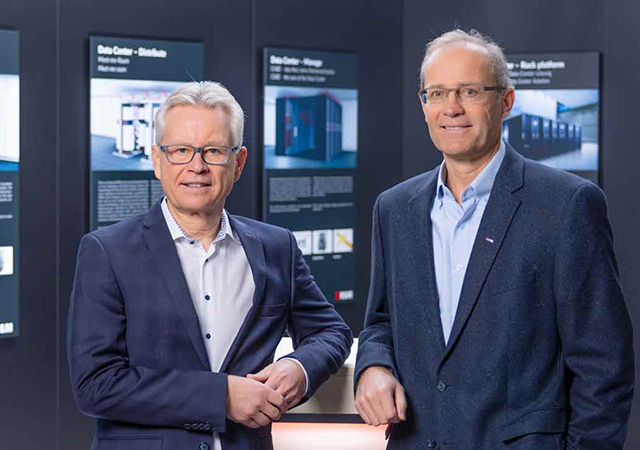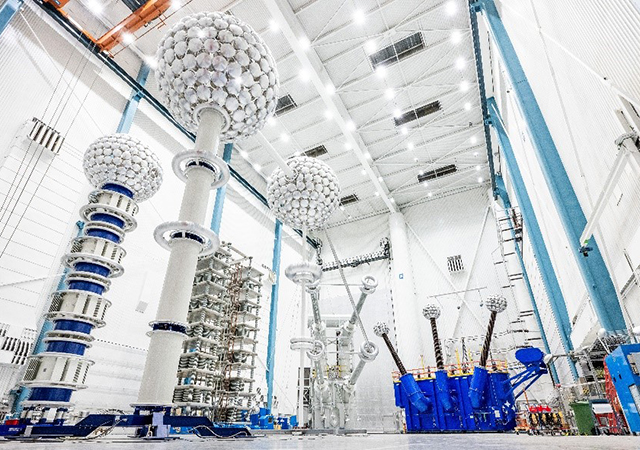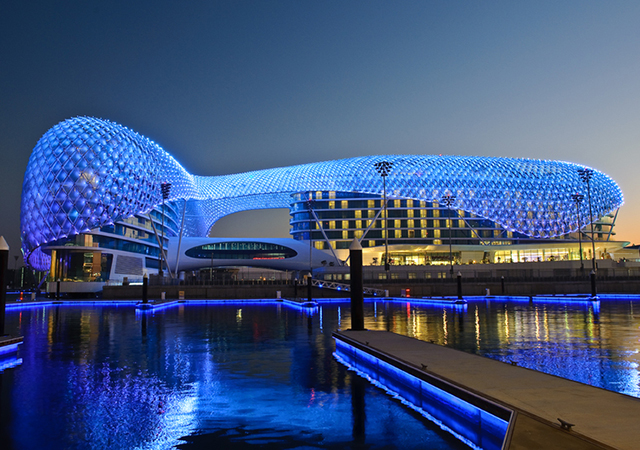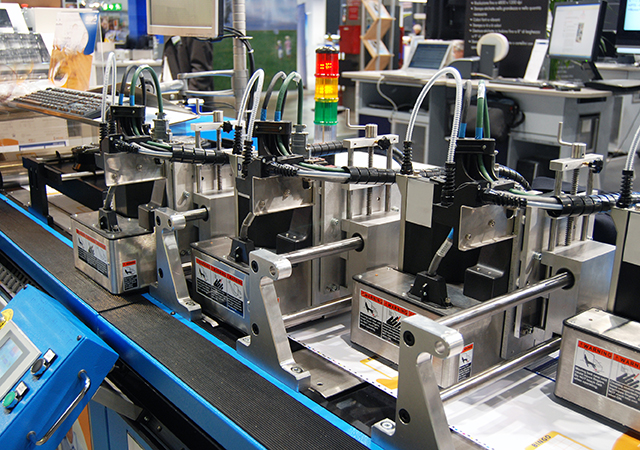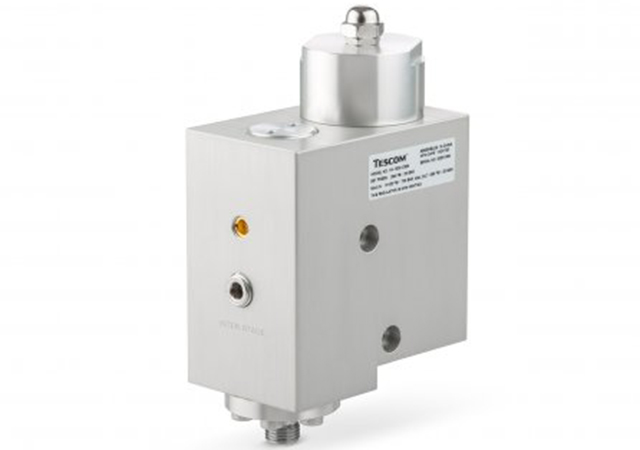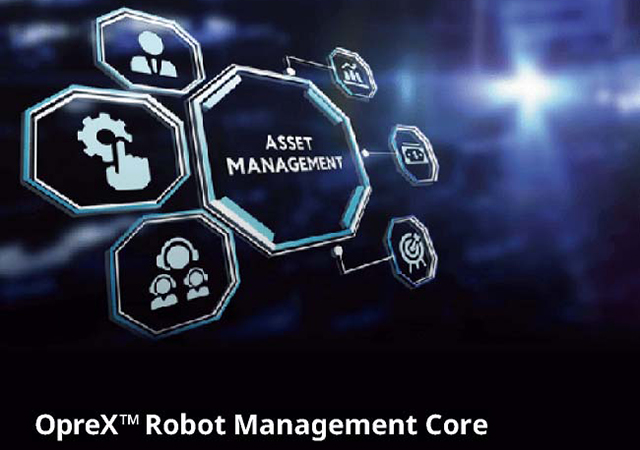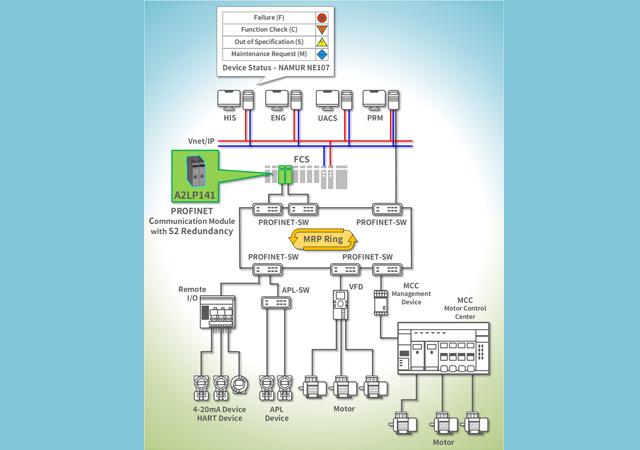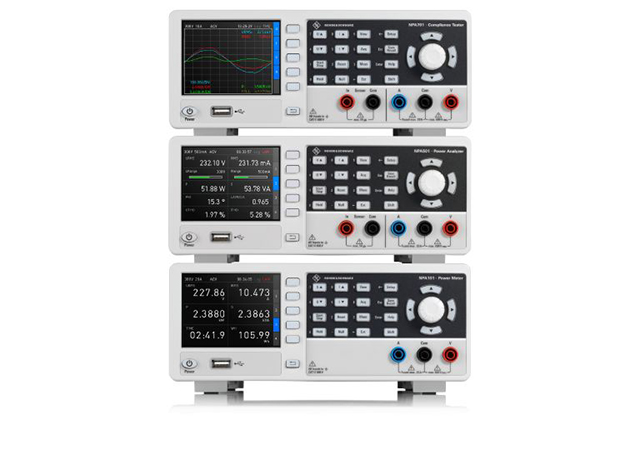
 The ULA rocket takes off (Picture from United Launch Alliance)
The ULA rocket takes off (Picture from United Launch Alliance)
United Launch Alliance’s (ULA) Atlas V rocket successfully launched to space recently from the John F Kennedy Space Centre, Cape Canaveral, Florida (US).
The Atlas V rocket, built by ULA, utilises engineering analysis and simulation software from Siemens’ product lifecycle management software business.
Even today, launching a rocket is still a mysterious process and a major technical challenge. Siemens PLM software is used throughout the global space industry to help increase efficiency, reduce costs and ensure mission success.
No less than 18 of the top 20 original equipment manufacturers (OEMs) in the aerospace and defense sectors use Siemens PLM software solutions for constructing, designing and simulating rockets, satellites and space shuttles. Nasa’s Mars rover Curiosity, which was made for the 2012 mission to Mars, is the best example of this successful cooperation.
Sierra Nevada Corporation (SNC) also uses Siemens PLM software technology to help ensure the success of its space shuttle Dream Chaser. The German space agency (DLR) and the European Space Agency (ESA) are collaborating on the Dream Chaser, which is designed to transport up to seven crew members and payloads to low-Earth orbit destinations such as the International Space Station.
Product lifecycle management (PLM) software, a critical subset of industry software, is a set of integrated solutions used throughout a product’s completelifecycle, from design through to retirement. PLM software is used to digitally design, analyse, simulate and test products before they are manufactured to ensure proper performance. It is then used throughout the digital manufacturing process in an automated digital factory.
PLM software manages all the data associated with a product’s development, delivery and retirement, and makes that data available in the right place, at the right time to the right individual.
Industry software with PLM can cope with an increasing number of different variants and produce increasingly individualised products, allowing manufacturers to clearly distinguish themselves from the competition. PLM can help optimise production throughput, increase quality, and achieve cost savings in the utilisation of resources and energy, thereby boosting overall efficiency.




